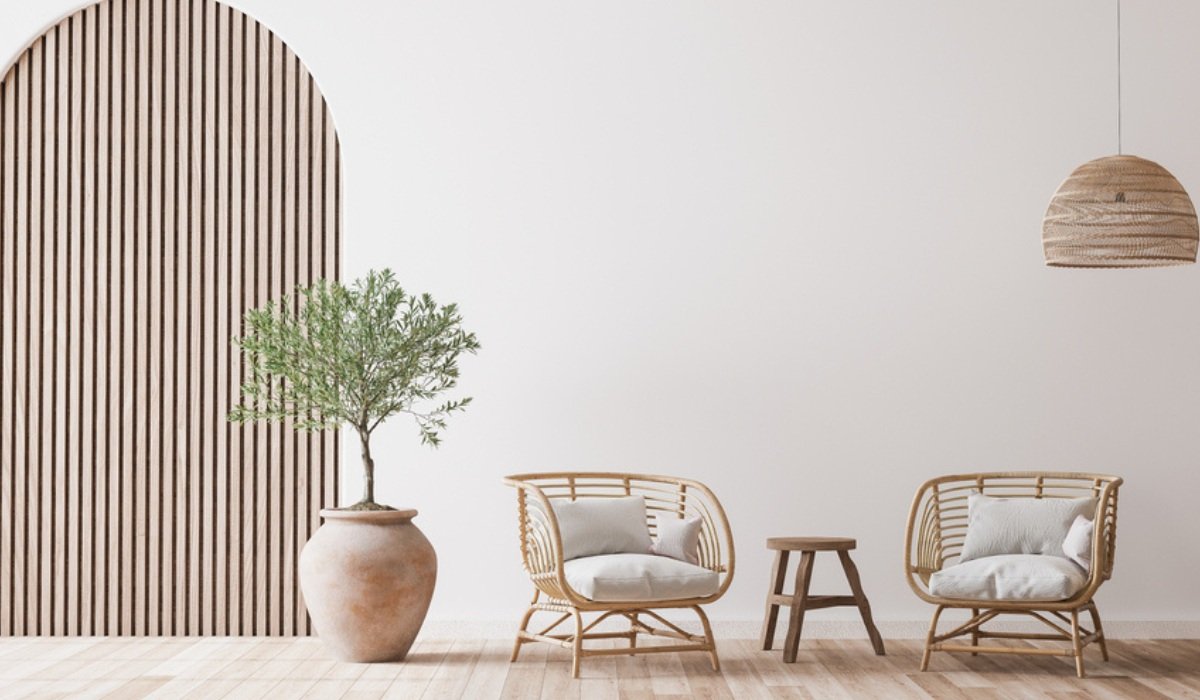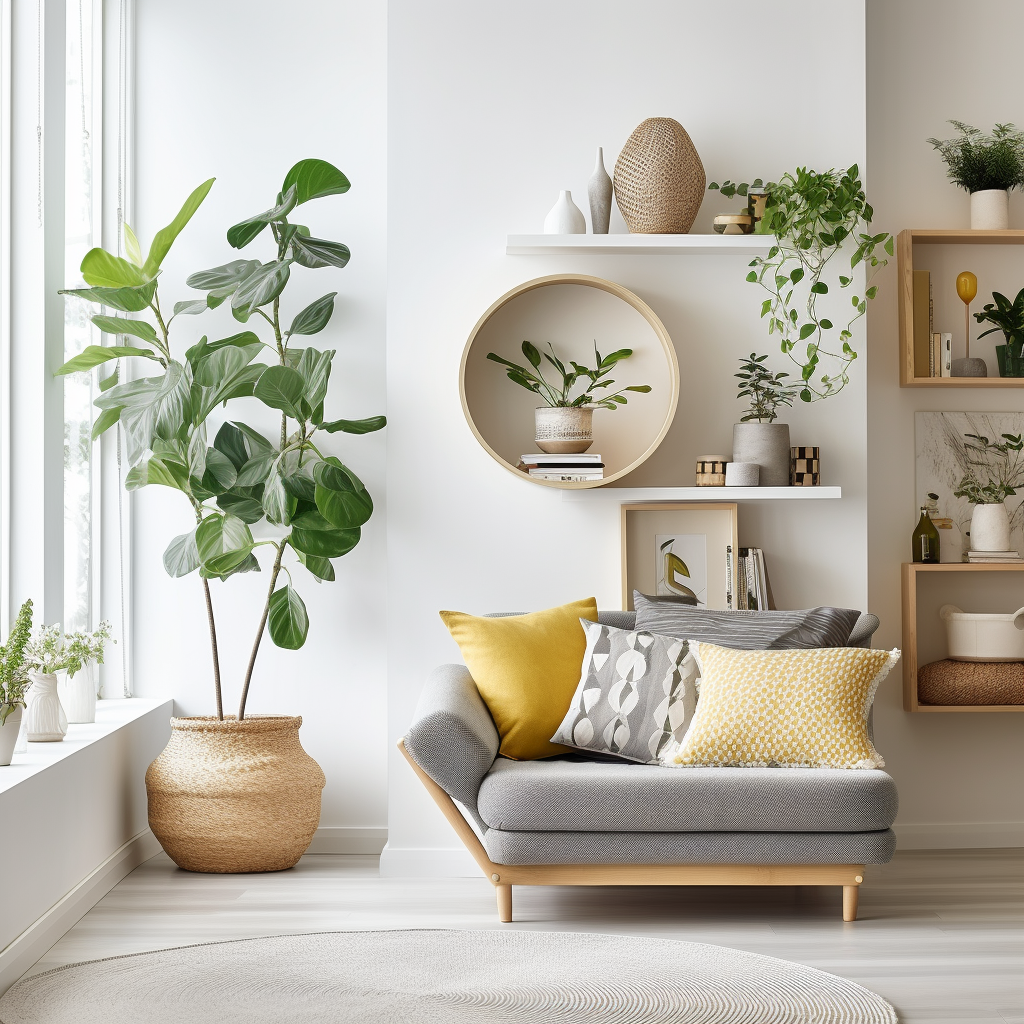Change Your Space with Professional Interior Design Miami Providers
Change Your Space with Professional Interior Design Miami Providers
Blog Article
Why Recognizing the Concepts of Inside Layout Is Important for Effective Space Preparation
Understanding the principles of interior layout is basic to reliable area preparation, as it lays the groundwork for developing settings that integrate functionality with visual appeal. Crucial components such as flow, equilibrium, and proportion are not merely decorative factors to consider; they are vital in enhancing exactly how a room is made use of.
Importance of Space Planning
Room preparation is a basic aspect of interior decoration that substantially influences the performance and looks of a room. It entails the tactical arrangement of furnishings, components, and building aspects to optimize making use of offered room while enhancing the general customer experience. Efficient area planning addresses different aspects, consisting of circulation, accessibility, and the details requirements of the owners.
Among the main advantages of space preparation is its ability to improve spatial efficiency. Interior designer Miami. By attentively organizing a design, designers can make certain that every area serves a purpose, decreasing clutter and promoting a sense of order. Additionally, correct space planning cultivates an unified environment, permitting smooth activity and interaction within an area
Furthermore, effective area preparation considers all-natural light, sightlines, and the relationship in between different locations. This holistic approach not only elevates the aesthetic allure yet also adds to the well-being and performance of the residents. Inevitably, a well-executed room plan contributes in producing a well balanced and inviting atmosphere, making it essential for any kind of interior decoration project.
Secret Principles of Interior Decoration

One basic concept is equilibrium, which can be balanced, asymmetrical, or radial. Symmetrical equilibrium develops a feeling of order, while asymmetrical equilibrium supplies a much more dynamic visual allure. One more crucial concept is percentage and range, making certain that the dimension of furniture and style elements associate sympathetically to each other and the general room.
Color concept additionally plays a considerable function, affecting state of mind and understanding. Developers make use of color combinations to stimulate certain sensations and enhance the spatial experience. Additionally, the principle of rhythm includes producing a feeling of movement through rep of shades, patterns, or shapes, leading the eye throughout the area.
Finally, the concept of emphasis directs attention to prime focus, enabling a clear story within the design. Luxury Interior designer Miami. By adhering to these vital principles, indoor designers can create atmospheres that not only fulfill useful needs however also resonate with the occupants on an emotional level
Impact on Functionality and Flow

The plan of furniture, the choice of materials, and the assimilation of innovation all play important roles in attaining ideal performance. Placing seating areas in closeness to work areas can promote communication and partnership, therefore improving performance. Furthermore, making sure that pathways are unhampered and clear enables efficient activity, minimizing blockage and advertising a natural circulation throughout the area.
In addition, integrating aspects such as illumination and shade can better help in delineating areas, making it less complicated for individuals to browse their environment. Thoughtful space preparation considers not just the physical aspects of layout yet also how individuals communicate with their surroundings. Eventually, a concentrate on functionality and circulation not only boosts the individual experience however likewise boosts the total effectiveness webpage of the space, developing a setting that meets the needs of its occupants while fostering a sense of harmony and balance.
Enhancing Aesthetic Appeals and State Of Mind
3 crucial elements-- texture, illumination, and shade-- play essential functions in enhancing the visual appeals and state of mind of an interior room. Color establishes the emotional tone; cozy hues like reds and oranges evoke power and warmth, while cooler shades such as blues and environment-friendlies promote peace and internet serenity. Picking an unified color palette can change a room, producing a visually enticing and cohesive atmosphere.
Structure adds deepness and interest, adding to the tactile experience within an area. A mix of textures-- smooth surface areas, deluxe fabrics, and all-natural materials-- can develop aesthetic intrigue and enhance comfort. For example, pairing a soft velour couch with a sleek glass coffee table can create a balanced visual that invites communication.
Lights, frequently a neglected component, substantially impacts mood. All-natural light fosters an open, airy environment, while tactically placed man-made lighting can produce warmth and highlight building functions. Dimmer switches make it possible for flexibility, permitting changes to match numerous activities or times of day.
Integrating these three components attentively not only boosts the aesthetic appeal of a space but additionally cultivates an environment that resonates with its desired objective, inevitably enhancing the general experience for its residents.
Practical Applications in Reality
Applying interior layout principles in reality needs a thoughtful technique that integrates shade, structure, and lights right into everyday spaces. By understanding exactly how these components interact, individuals can develop atmospheres that are not just aesthetically appealing however harmonious and additionally functional.
For example, in a little living location, utilizing a light shade palette can make the area really feel larger and a lot more open. Strategic use of mirrors can boost all-natural light and create an illusion of depth. Integrating various structures through fabrics, such as paddings and carpets, can include warmth and passion without frustrating the detects.
Lights plays an essential function in defining the ambience. Split lights, containing ambient, task, and accent alternatives, permits versatility in state of mind setups. In an office, for instance, a combination of natural light, workdesk lamps, and attractive components can enhance productivity while preserving an inviting atmosphere.
Furthermore, understanding spatial relationships and furniture setup can lead to enhanced capability. By adhering to principles such as balance and proportion, one can ensure that spaces offer their intended purpose while remaining aesthetically pleasing. Overall, functional applications of interior decoration concepts significantly improve the livability great site and charm of any atmosphere.
Conclusion
In final thought, recognizing the concepts of indoor style is critical for effective area preparation, as it promotes an equilibrium between capability and looks. By using essential ideas such as percentage, color theory, and flow, developers can create atmospheres that boost both use and visual allure. Ultimately, this knowledge adds to the growth of rooms that not only meet useful requirements yet additionally boost the general ambience, causing even more efficient and satisfying experiences for users.
Understanding the concepts of indoor layout is basic to reliable space planning, as it lays the foundation for producing environments that integrate capability with visual charm.Room preparation is a fundamental facet of indoor layout that substantially influences the capability and visual appeals of an area. In addition, appropriate room planning promotes a harmonious atmosphere, permitting for seamless movement and interaction within a room.
Furthermore, the concept of rhythm involves creating a feeling of movement via repetition of forms, colors, or patterns, guiding the eye throughout the room.
In verdict, recognizing the principles of indoor design is essential for reliable space planning, as it promotes an equilibrium in between performance and aesthetic appeals.
Report this page